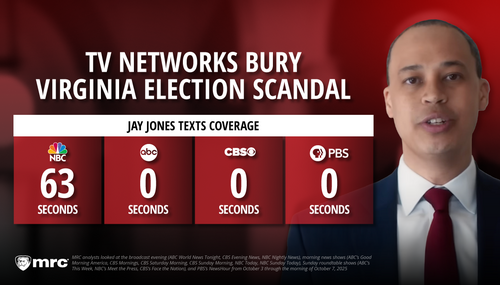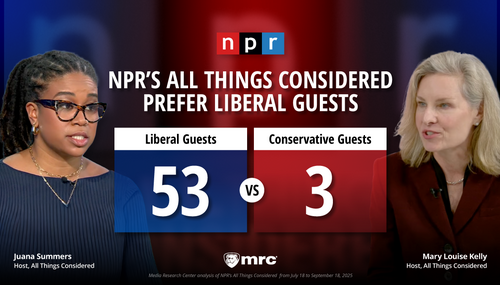CMI today releases a new special report, “Unmasking the Myths Behind the Fairness Doctrine,” which explains why the old FCC rule that was discontinued under Ronald Reagan would pose a threat to free speech if it were re-enacted.
The Fairness Doctrine was an FCC regulation requiring radio stations that aired editorials about controversial topics to give free time to the opposing side. In theory, the regulation was supposed to benefit the public by providing more information about hot issues. In practice, the public received less information.
Radio broadcasters tended to shy away from editorializing for fear of triggering a federal crackdown. Several broadcasters felt the wrath of the Kennedy and Johnson administrations, which used the regulation as a weapon to stifle criticism. Before the regulation was suspended in 1987, talk radio focused mostly on celebrities and sports.
No practical reason for restoring the Fairness Doctrine exists any longer, thanks to the advent of the Internet. When the regulation went into effect in 1949, most Americans relied for news and commentary on a handful of local newspapers, radio stations and television stations. Now, anybody with Internet access can read thousands of newspapers and listen to thousands of radio stations from coast to coast and around the world.
Nor does the principal ideological rationale for restoring the Fairness Doctrine hold water. Liberals allege that talk radio is dominated by conservatives because the corporations that own the stations have “squeezed out” liberal opinion from the radio waves. Therefore, they argue, the government needs to level the playing field by restoring the Fairness Doctrine. CMI's study finds, however, that liberals are well represented in talk radio. Of the roughly 2,200 radio stations that run a talk radio format, at least 850 (more than a third) broadcast predominantly liberal programming. And radio is only one slice of the media pie.
Liberal news and opinion sources completely dominate the other four major news and opinion media: broadcast television, cable television, newspapers, and news magazines. The medium with the biggest audience, broadcast television, has no significant conservative-leaning news and opinion sources. Overall, liberal media sources reach a far greater audience than conservative sources.
The only remaining reason for bringing back the Fairness Doctrine is politics. Liberals fear the influence of conservative talk radio hosts, and they are looking for a way to “hush Rush” and his colleagues. “Unmasking the Myths” concludes that





